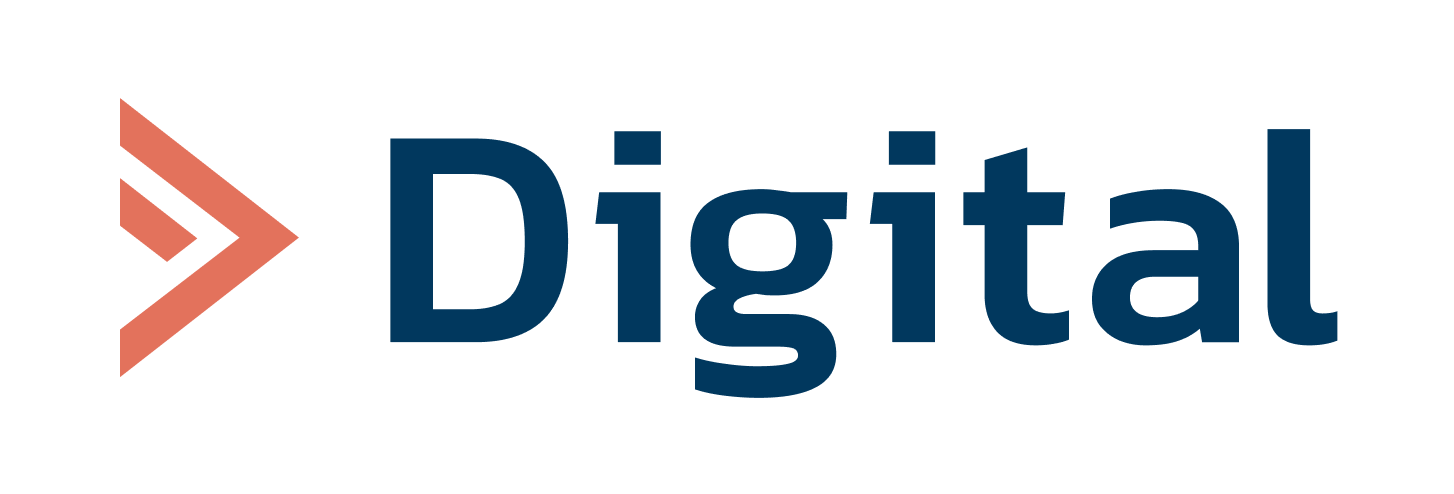About 52,500 U.S. Medicare beneficiaries use remote patient monitoring (RPM) services — primarily for hypertension, diabetes, and musculoskeletal conditions. In Medicare Advantage plans, remote monitoring uptake has surged 14-fold from 2019 to 2022.
The regulatory and reimbursement groundwork for large-scale RPM was laid with the introduction of Medicare RPM billing codes by 2018, in the U.S. at least. That meant providers could, for the first time, get reimbursed for collecting and reviewing patients’ physiological data remotely on an ongoing basis.
Operational maturity to make RPM routine has only emerged, driven by technology advances, better interoperability, and the COVID-19 push for telehealth. Only in 2025 the FDA granted the first 510(k) clearance for an over-the-counter cuffless blood pressure wristband.
There are still caveats:
- Cuffless wearables are entering the market but remain in early adoption due to validation hurdles;
- Coverage and legal frameworks differ between countries;
- Gaps in affordability, to name a few.
The market is moving fast, now the race is for solutions, turning connected readings into clinical impact and recurring revenue.

